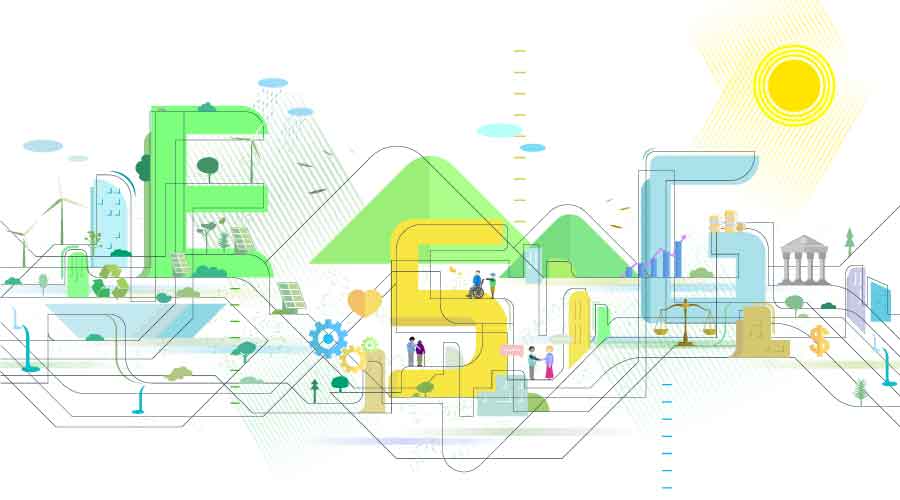Report: Global Carbon Trading Market Requires Improved Infrastructure
An improved market infrastructure is needed for a successful global carbon trading market, according to a report by The Bank of New York Mellon.
An improved market infrastructure is needed for a successful global carbon trading market, according to a
report by The Bank of New York Mellon.
The report finds that for a global carbon trading market to allocate capital to the lowest cost carbon reduction projects worldwide it must be based on standardization, liquidity, transparency and predictability.
A plethora of mandatory and voluntary programs has created a fragmented approach to addressing the global environmental challenge. Consolidation is needed for the market to be more effective at reducing greenhouse gas emissions.
"Creating a more efficient global carbon market by linking global cap and trade programs and continuing the use of international offsets will reduce more greenhouse gas emissions at a faster rate and at a lower cost than would be possible through national or regional programs alone,” says Kjell Olav Kristiansen, director of Advisory Services at Point Carbon, a co-sponsor of the report.
Linking existing and planned programs and creating a framework for efficient global trading would allow the global carbon market to grow from $63 billion (year-end 2007) to $3 trillion by 2020, according to the report.
Reliable information on market prices, volumes and transactional behavior will add greater transparency, which will provide companies, investors and regulators with critical benchmarks to assess carbon exposure.
The paper advocates the development of a linked "cap and trade" market model, in which emitters are offered the widest set of options to reach their emission reduction targets, including the use of imported allowances or offsets.
Related Topics:











